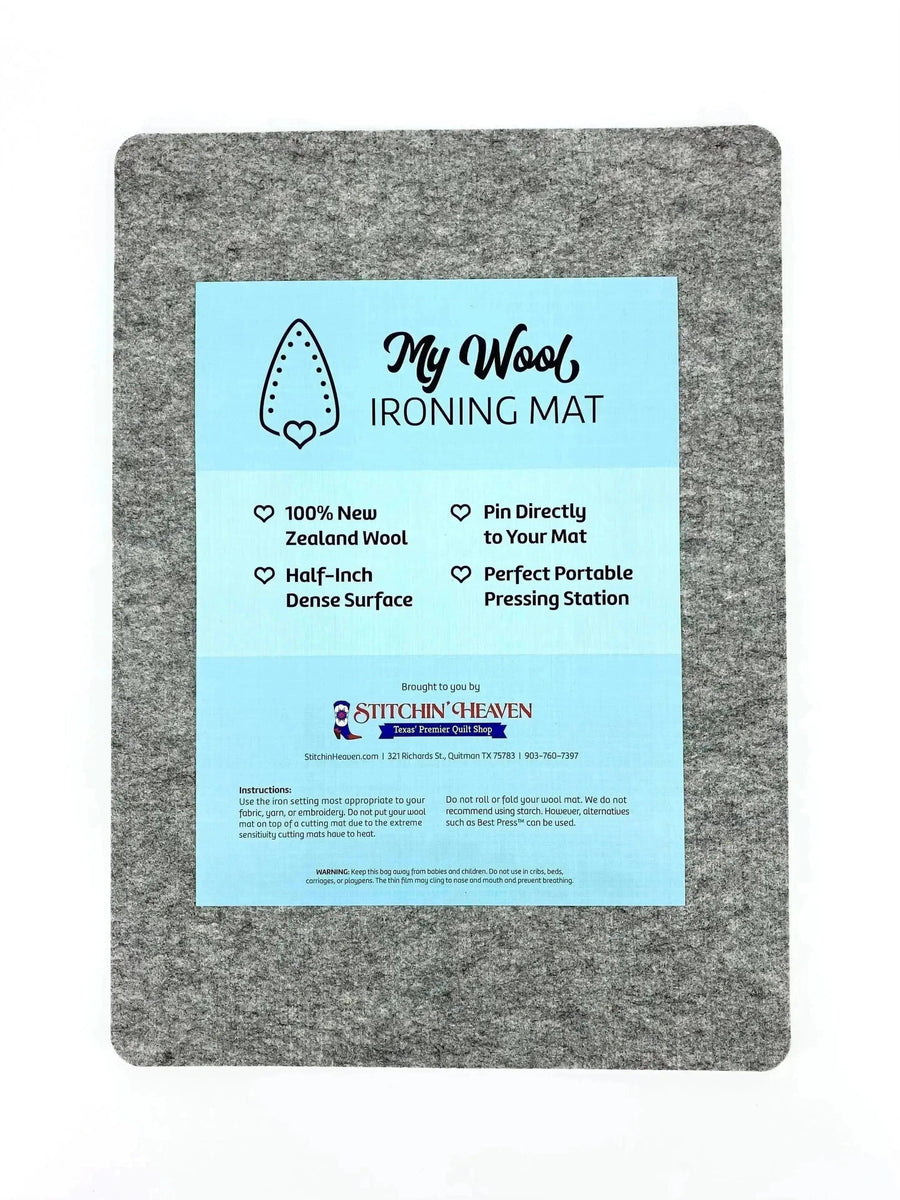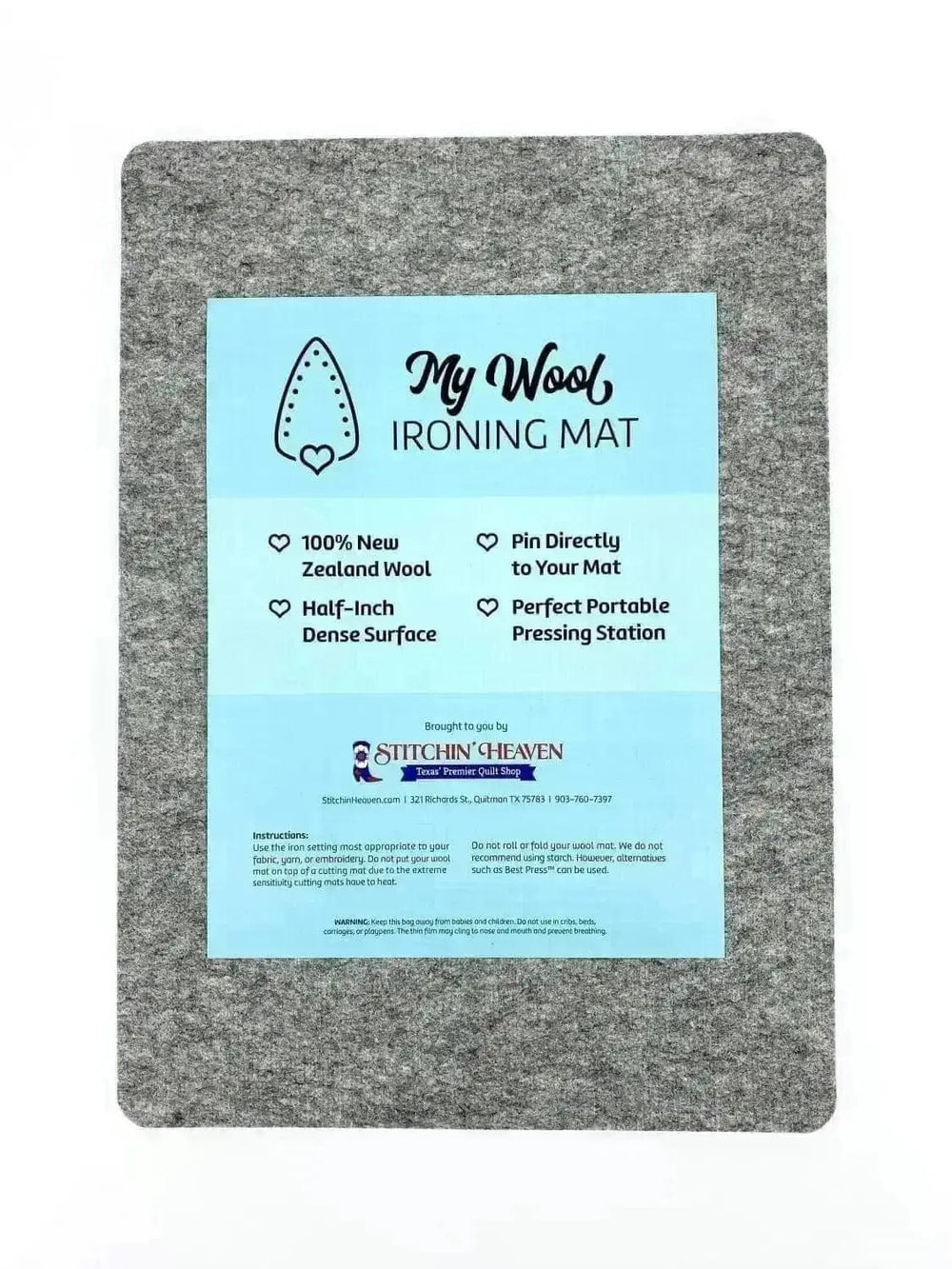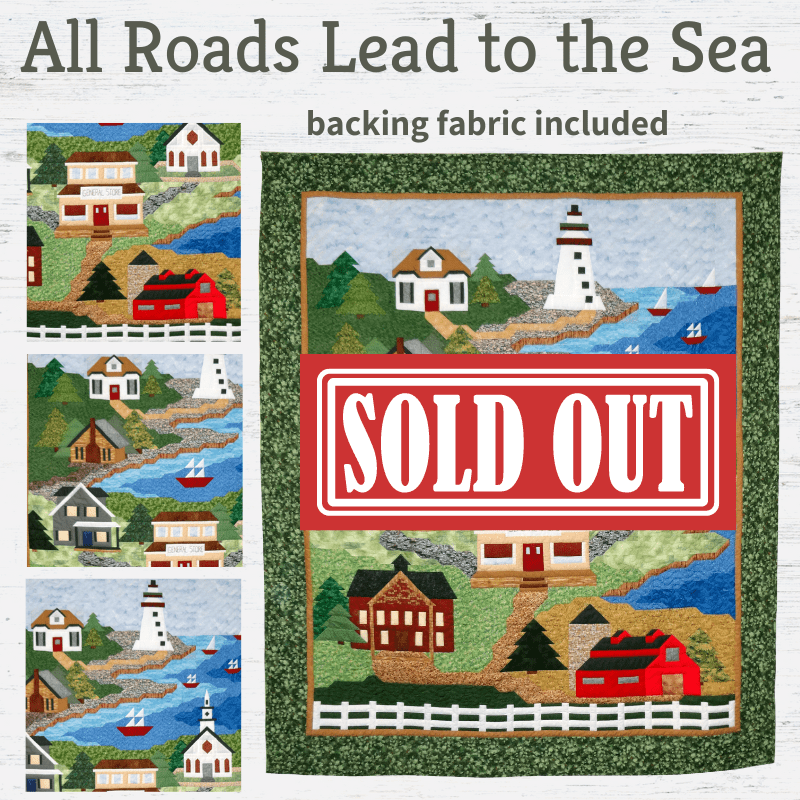Homemade Holiday: Three Yard Quilt
Urban Chic, A Fast & Fun 3-Yard Quilts design by Donna Robertson
Blog Written By Mitzi Redd

Looking for a quick and easy quilt that makes a perfect holiday gift? The book “Fast & Fun 3-Yard Quilts” by Donna Robertson can get you the perfect quilt to promptly get out the doors in time for the holiday season. Eight quilt patterns fill the book with lots of great inspiration to choose from. Three one-yard pieces of fabric, and three yards of backing fabric will have you showing off to everyone what a beautiful piece of art you made at the snap of your fingers.
For my project, I chose the design titled “Urban Chic” and complimented it with beautiful fabrics from the “Time for Hot Cocoa” line by Wilmington Prints. Cold weather, the holidays, and steaming cups of cocoa bring the perfect trifecta into one quilt, ready to be curled up with while watching your favorite movie in front of the fireplace. While I am a fast quilter in general, I can tell you that this quilt will go together quickly no matter what your quilting speed may be. Simple cut sizes, strip piecing, easy block, and fast rows go together without a hitch to make a project worth sharing with everyone.


To begin with I had to decide which fabric would go into which place. For Fabric #1 I chose the Cream Tossed Hot Chocolate yardage. Fabric # 2 is Word Toss Red, while Fabric #3 is Dots Black. The backing fabric picked is the very cute Candy Toss Black. My preference for beginning with any quilt projects is to starch and press all fabrics to make sure they are smooth and ready for cutting.

Once pressed, I also cut out all of my fabrics and stack them according to the unit instructions listed in the pattern. This helps me to keep the fabrics organized and ready to move right through the project guide.

For piecing I always use a ¼” foot that is made for my machine in order to make sure I can keep a perfect ¼” seam throughout the project. This will help eliminate the risk of having mis-sized blocks that will need to be trimmed or don’t fit well into the quilt.
The blocks were very simplistic to make and went very quickly by having all the fabrics cut and ready to go. Since the blocks are all quick straight seams and easy to cut, the pieces came together without a hitch, and promptly went into the rows that would then become the quilt. Keeping a small ruler on hand to rotary cut down the shapes needed to make the 4-patch block helped to keep the project moving right along. It’s also very important to keep pressing in mind as the fabrics are going together. I find that keeping with the traditional stance of pressing to the dark fabrics helps to get the blocks as flat as possible when the seams are meeting up.






Once I got to the border work my pace did slow up slightly. In the directions for border strip #1 the directions called for sewing all the strips together and then sew onto the top, bottom, and sides. While I do this method often, I do recommend before going to this step that you measure the quilt to make sure it is even lengths for the tops and bottom, then add the border before moving onto the sides. Once top and bottom borders are attached, and pressed, I prefer to measure the quilt on the long sides as well before I attach the side borders.
The second wider border directions call for the same instructions by attaching the strips together to prepare long strips for the border lengths. I then cut the top and bottom border strips to the needed length, attached them, and pressed towards the darker fabric in preparations for the side borders with corer blocks. This final step can be a little tricky, but I was able to reduce the stress of measurements by doing a couple of tricks. First I attached one of the black corner blocks to my border strip. This piece will then line up with the edge of the top border where it meets the first thinner border. Pin in place to hold. I then found the easiest option for me was to pin the border strip down the side of the quilt, stopping just before the bottom thinner border to allow measuring space. I then cut my border fabric at ¼” past the end of the black lower border, sewed the bottom corner block on at ¼” seam, then finished pinning the border, and completed the ¼’ seam down the side of the quilt. I repeated the same process on the opposite side.

Finally, it was time to finish the back and binding. The instructions for both steps were at the front of the book. I followed the direction for the backing as instructed and found that I had quite the bit of fabric left over from what I needed to complete the quilt. This is where I took a bit of maker’s rights and changed up the binding to a way I prefer. Now, there is absolutely nothing wrong with following the way of the binding directions. I guess I am just a little set in my ways on binding, and since I had enough fabric left over from the backing, I chose to bind my quilt in what I consider a traditional way with using 2 ½” strips of fabric. Both binding options work just fine, and I found that I had enough additional fabric to make my usual way of binding work.
A note regarding finishing the quilt. I personally chose to do a double layer of binding. For my quilt I used a Hobbs 80/20 quilt and doubled it to make the desired thickness. This also allowed me to be able to make it a bit of a puffier feel once the finishing stitches were put into the quilt to complete it. I do not pin my quilts to keep them together for the quilting process and instead prefer to spray baste it. Both options, spraying or pinning, work perfectly fine, and I recommend choosing the method you prefer.

When it came time I quilt this project, I chose to just use a simple crosshatch method. This is easily achieved with a good walking foot and quilt bar for your machine. I chose to set my bar at a 1-inch interval, draw a straight line across a diagonal area, and setting my machine stitch length to a 2.5mm setting. Due to the thickness of the double batting option, the walking foot was a must have to keep my stitches consistent.

I then just keep myself consistent following the lines back and forth, using the quilt bar as my width guide until all the diagonal stitch rows were done in all directions. A very simple stitch option gives a dramatic look when done with a thread that pops and the thickness of the double batting.

My overall thoughts on the quilt design is that it is a very simple and quick design to knock out when you need to get a super cute gift out the door fast. I like the idea that there are 8 different quilts in one book using all the same amount of fabric and very comparable techniques. I know I’m looking forward to curling up in front of the fireplace with a cup of hot chocolate and my new “Time for Hot Chocolate” quilt, and a great Christmas movie with loved ones.
Oh, and a note about our favorite hot chocolate. We love a peppermint flavored one with lots of whipped cream on top. There’s never enough whipped cream. Happy Holidays!






